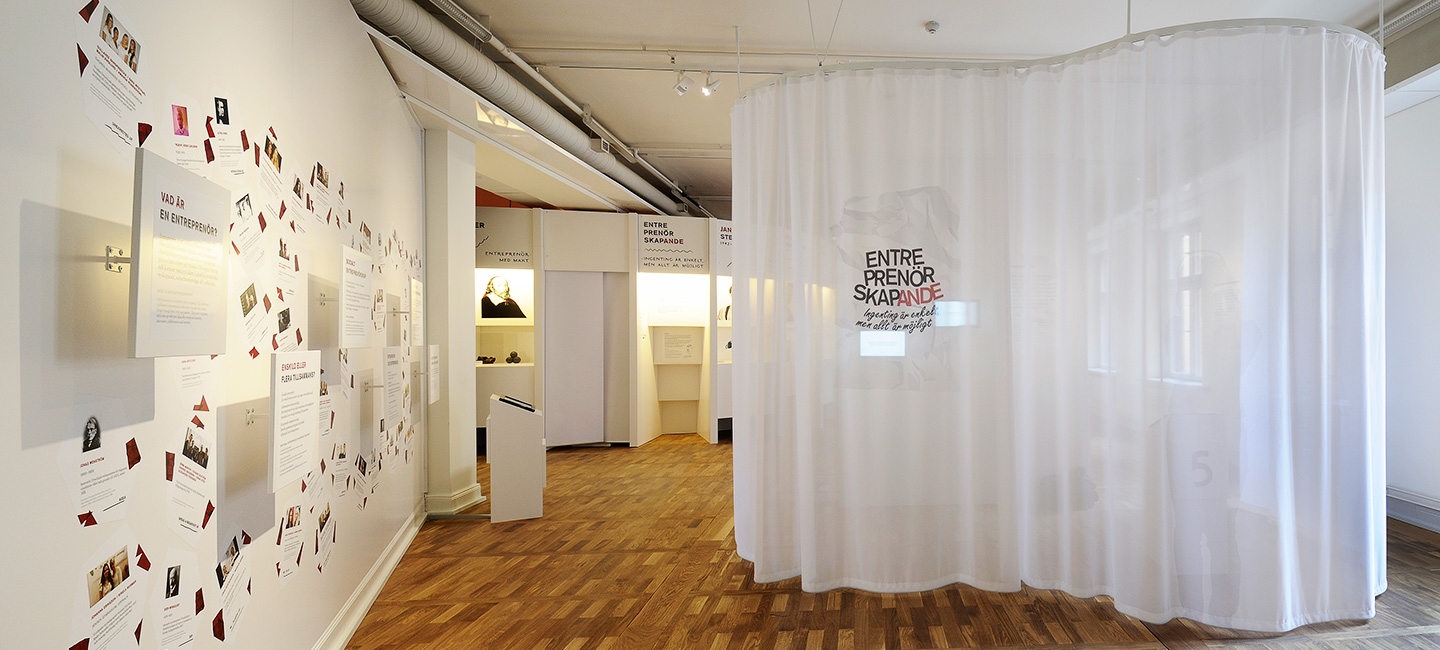F.A.Q.
We have put together a list of frequently asked questions regarding the educational model we call Flipped Museum. If you have any further questions or thoughts, please contact us by either phone or e-mail.

We have put together a list of frequently asked questions regarding the educational model we call Flipped Museum. If you have any further questions or thoughts, please contact us by either phone or e-mail.